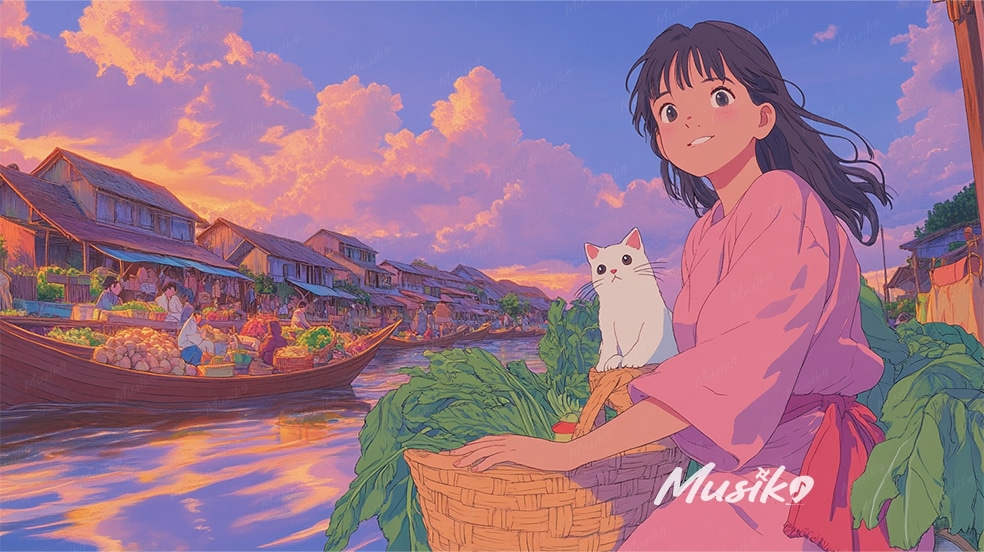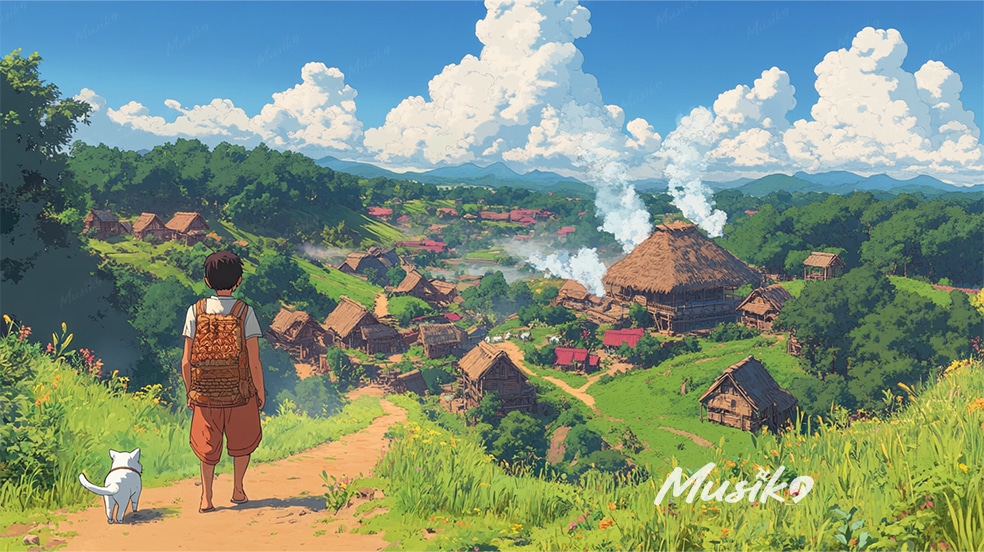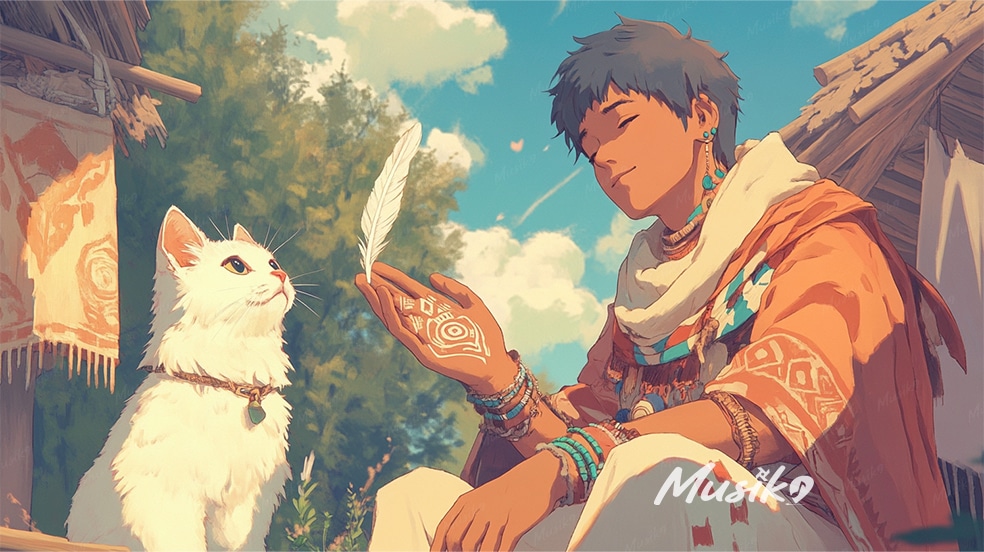🌄 Balbalan
Tucked deep in the Cordillera Mountains, Balbalan in Kalinga Province is one of the Philippines’ most underrated gems. Known for its raw beauty, fierce warrior history, and rich tribal culture, this hidden paradise is a sanctuary for eco-travelers, history buffs, and soulful wanderers seeking authentic Filipino experiences.
🗺️ About the Place
Balbalan is a highland municipality in the western part of Kalinga, characterized by misty mountain ranges, thick pine forests, and ancient rice terraces. It’s less commercialized compared to other touristy spots in Luzon, making it ideal for peaceful escapes and immersive cultural journeys.
🏞️ Landmarks and Tourist Spots
1. Balbalasang-Balbalan National Park
This vast protected area is home to lush forests, endemic wildlife, and the breathtaking Saltan River. It’s a haven for birdwatchers, trekkers, and nature lovers.
2. Saltan River White Water Rafting
Adventure awaits with thrilling white water rides on this pristine mountain river. Not for the faint-hearted!
3. Mt. Balbalasang Trek
A hiker’s dream, this trail offers panoramic views of the Cordillera range, with pine-covered trails and chances to spot rare wildlife.
4. Village Tours in Balbalasang and Poblacion
Discover traditional Kalinga houses, meet tattooed elders, and witness communal rituals passed down for generations.
🧑🤝🧑 Culture and People
The people of Balbalan are part of the proud Kalinga ethnolinguistic group, known for their bravery, body tattoos, and fierce defense of their ancestral land. Despite modernization, they continue to uphold bodong (peace pact systems), tribal laws, and communal harmony. Respect for elders, oral storytelling, and ancient practices remain strong in daily life.
🗣️ Language
Locals speak Balangao and Kalinga dialects, though many understand Ilocano and Filipino. Expect warm greetings and a strong sense of kinship even to outsiders.
🍲 Food to Try
While there are no fancy restaurants, Balbalan’s local cuisine is hearty and home-cooked:
- Pinikpikan — a traditional chicken soup with a controversial but culturally symbolic preparation
- Etag — native smoked pork, often used in stews
- Inanchila — sticky rice rolled in banana leaves, usually served with sugar and coconut
🎉 Festivals and Rituals
Ullalim Festival may be celebrated in nearby areas, but Balbalan also holds community-based tribal rituals celebrating harvests, peace pacts, and rites of passage. Expect chanting, gong playing, and traditional dance.
🎶 Music and Arts
The sound of gongs (gangsa) and ullalim chants echo during celebrations. These hypnotic rhythms tell stories of bravery, love, and land, keeping the oral tradition alive. Some elders are also traditional tattoo artists (mambabatok) preserving the ancient body art legacy.
🧭 What Balbalan is Known For
- Ancestral lands and untouched natural beauty
- Cultural preservation and indigenous governance
- White water rafting and eco-tourism
- Ancient Kalinga tattoos and warrior legacy
- Remote peace and serenity far from city noise






